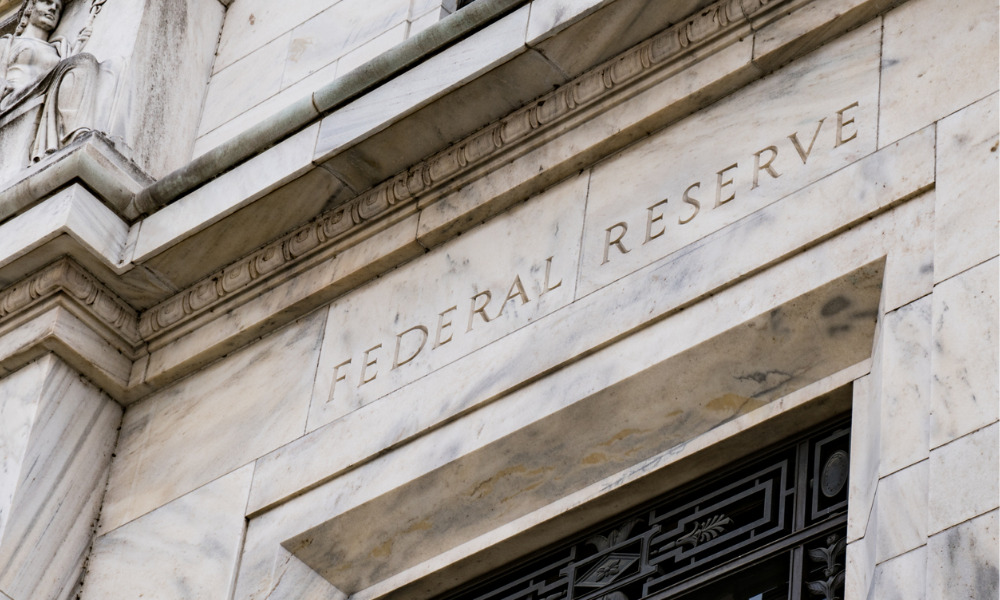Find out how much rates have climbed by

The Federal Reserve has today announced a 0.75% increase in the benchmark interest rate in line with expectations as it bids to combat inflation. It now stands at 3.125%.
“In response to inflation continuing to run well above its target of 2%, the Federal Reserve again raised the federal funds target by 75 basis points today. At 3%, the rate is now above what most FOMC members consider to be the long-term level and should be effective in reducing demand and slowing inflation over time,” said MBA SVP and chief economist Mike Fratantoni.
“No changes were made with respect to their ongoing plans to reduce the size of their balance sheet. Rate volatility is high due to both uncertainty regarding the Fed’s next moves and the lack of a steady, consistent buyer for Treasuries, and particularly mortgage-backed securities.
“The FOMC members’ projections indicate slower growth, slowly decelerating inflation, and a fed funds rate that will likely top out well above 4%. The surprise for the market might be the median expectation that they could increase rates to 4.4% by the end of this year.
“Mortgage rates have jumped the past few weeks following the August inflation report, which indicated that the Fed will continue to be aggressive in combating stubbornly-high inflation levels.”
A few days before the announcement, the 30-year mortgage rate surged to 6.02%. Freddie Mac said this was the first time in 14 years that the long-term rate exceeded 6% - up from 5.89% the week before and from 2.86% last year.
Marty Green, principal of Polunsky Beitel Green, joined the chorus of housing experts saying the Fed rate hike would “negatively impact the residential mortgage market and exacerbate affordability issues for Americans seeking to buy a home.”
“The question is whether the increase in rates will be offset somewhat by sellers reducing the sales price on homes in many markets,” he said.
According to Freddie Mac chief economist Sam Khater, “Although the increase in rates will continue to dampen demand and put downward pressure on home prices, inventory remains inadequate. This indicates that while home price declines will likely continue, they should not be large.”
Inflation figures have continued to fluctuate alongside mortgage rates. Data from the Labor Department showed that the consumer price index (CPI) edged up 0.1% in August after a flat month in July. Compared to a year ago, prices were up 8.3% - the slowest rate increase in five months, mainly due to a 10.6% pullback in gasoline prices.
Read more: US inflation tops forecasts
“Headline CPI was in line with our expectations, but core inflation came in much hotter than expected,” said Nathaniel Drake, an associate at Fannie Mae’s Economic and Strategic Research Group.
Drake said the reports are consistent with the group’s forecast that the economy is largely stagnating and will tip into a recession early next year.



